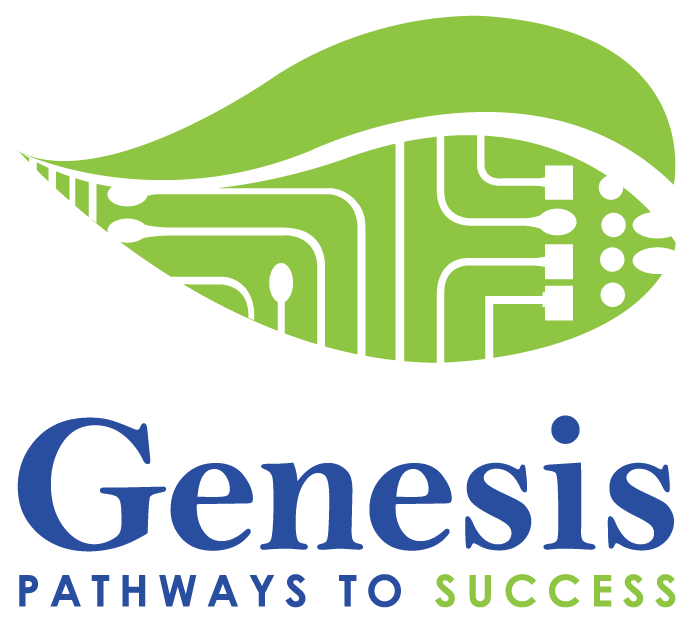Space: The Final Frontier




Captain’s Log; Stardate 2023.16: Through the expert piloting of Admiral Clarice Patterson, the SS Genesis has landed on earth at the Milan Public Library. When we arrived, we did not expect to encounter what we did: astronomy students. We received some unusual transmissions from the planet and were called to investigate. After landing, nothing seemed out of the ordinary. The students were enthralled by the importance of the stars and the magnitude of space. However, not all of the crew were in attendance. Red shirt Gus Kellerman was sent on a solo expedition to explore the uncharted land of New York City, and red shirt Abe Streator was sent to investigate transmissions coming from the Kids Building Bikes Lab. However, Admiral Patterson remained at camp and observed the advances these students made in astronomy.
The camp was held in multiple sessions starting at 11:00 AM and ending at 3:15 PM. With the help of the Boonshoft Museum of Discovery, students were able to observe the night sky and learn more about our solar system. Students were given the incredible opportunity to study constellations, learn unique facts about our sun, and take interplanetary missions to Mars and Saturn. By being able to study the uniqueness of our solar system at this activity, students learn the importance of rover missions and what they tell us about other planets. Along with the importance of interplanetary missions, they [the students] are learning why stars congregate into constellations and what that tells us about the movement of stars. This activity gave aspiring astronomers a unique way to learn more about the solar system and beyond.
Eila Ahonen-Miller, the Space Science Coordinator of the Boonshoft Museum of Discovery stated, “I love seeing the ‘awh’ in kids' eyes when they come in and see something that they’ve never seen before. The portable planetarium is engaging them [students] in science in a non-traditional format. It’s a doorway for them to learn about science later in life.”
Exposing these students to astronomy opens their minds to a branch of science that often goes overlooked. Astronomy shows these students that despite our universe’s infinity, we are still very much connected. This can be seen through the stars’ importance in navigation. A star’s location in the sky can tell us about our relative position in the universe. Through this, humans have used the positions and movements of multiple stars to determine the cardinal directions, north, south, east, and west, that we use today. With the power of astronomy, we are able to better understand the cosmos and our relevance in the universe.
Along with studying our universe, families in attendance were also able to take home a National Geographic STEM kit. These kits, Light Up Sky Rockets and Solar System Stained Glass Craft, encourage creativity and critical thinking skills as kids launch rockets into the air and paint planets of the solar system. Through crafting these kits, students must take the concepts they learned at Stargazing with Astronomers and apply it at home.
“The portable planetarium was cool, and I enjoyed taking a trip through space. I am especially excited to take home the glow-in-the-dark craft kit,” emphasized Wil Wheeler, an incoming 7th grader student at Milan Middle School.
Genesis: Pathways to Success would like to thank the Milan Public Library for being a gracious host - allowing the activity to utilize their space. We would also like to thank the Boonshoft Museum of Discovery from Dayton, Ohio. Thank you for passionately sharing your knowledge and expertise, and for encouraging education locally! This transmission will be stored in the archives for further review, and we look forward to seeing you next summer.
